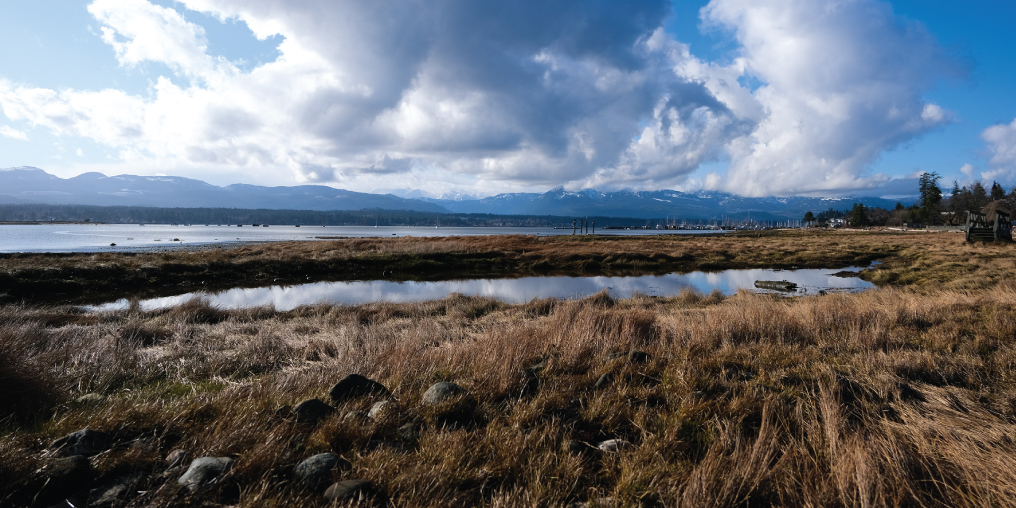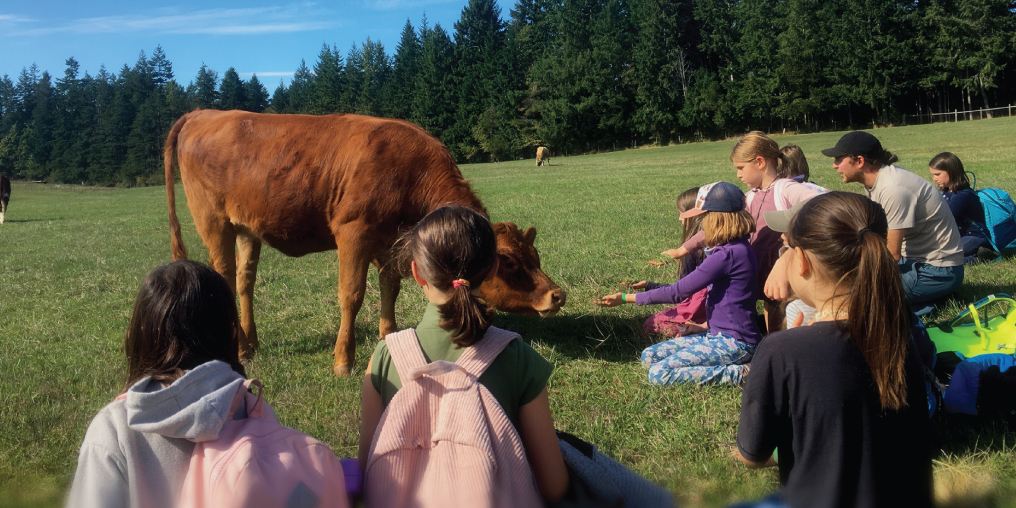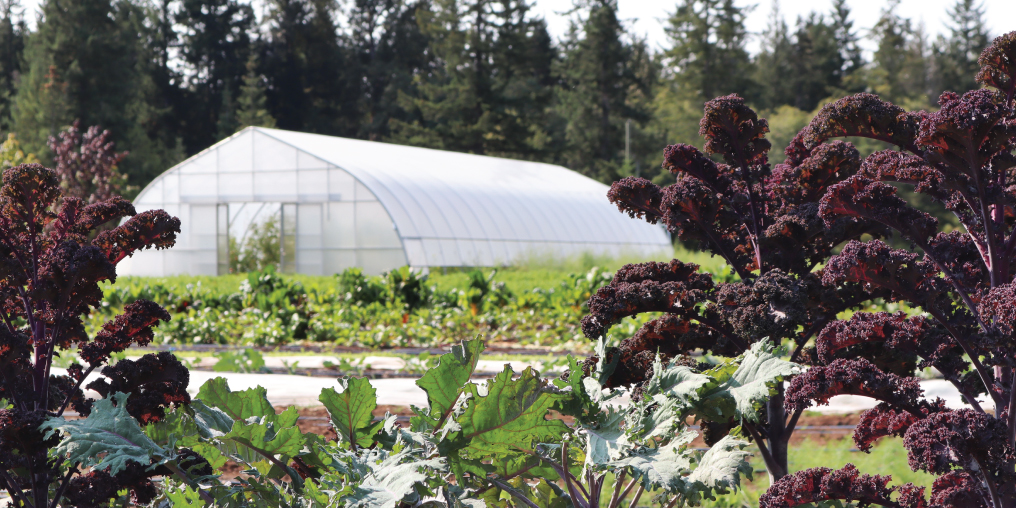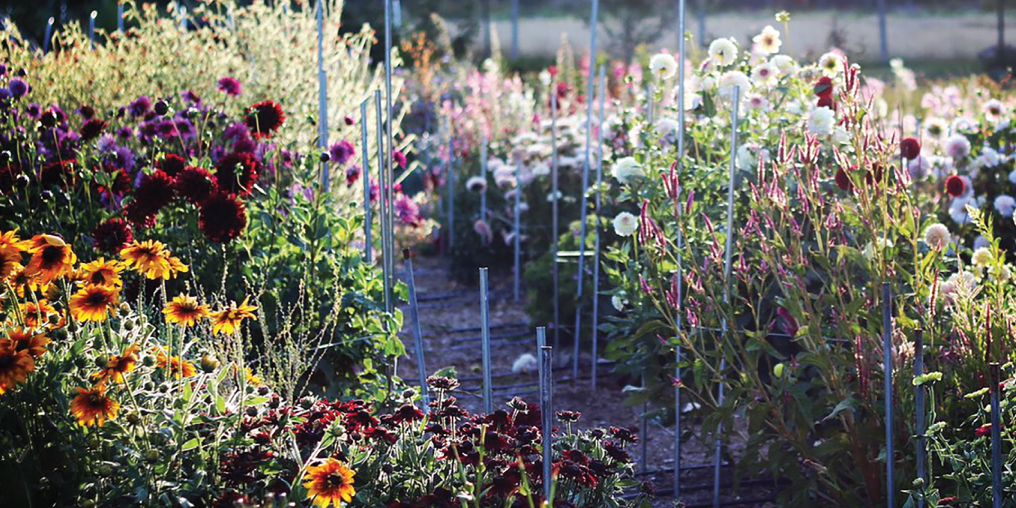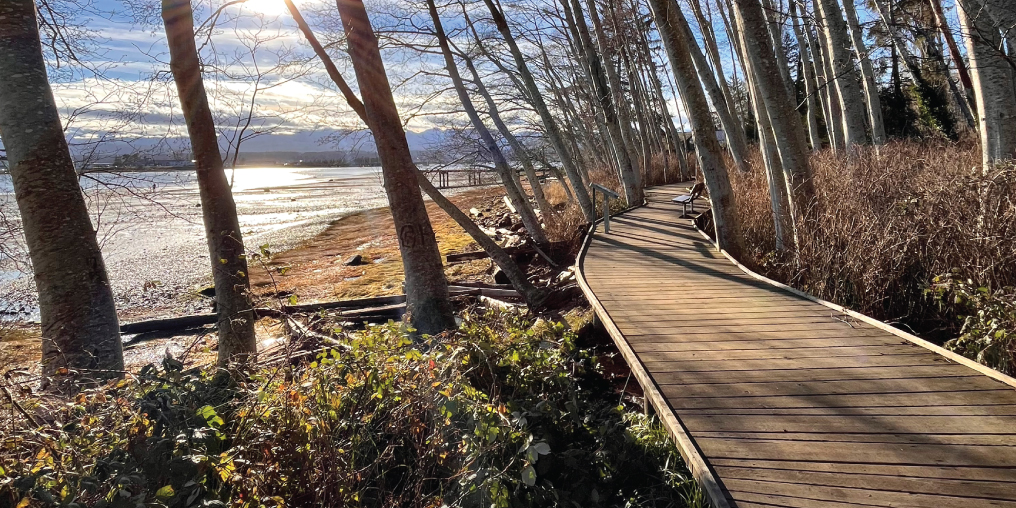Soft whitecaps glisten atop cresting waves, tall green grasses dance in the wind, an eagle swoops low across glassy water, and clams softly murmur deep from within muddy shores. A variety of different bird types soar through the air and paddle their feet through the cool water, enjoying the thriving assortment of environments that stretch from the Courtenay River / K’ómoks estuaries, down around Denman and Hornby Islands, and on to Deep Bay. This is the K’ómoks Important Bird Area (IBA).
Lying in the heart of the Comox Valley, within the traditional territory of the K’ómoks First Nation, this vibrant ecological area encompasses a broad network of habitats ranging from estuaries to valley bottoms.
The title of “Important Bird Area” is determined by established, scientifically based international criteria used in over a hundred countries; Canada has about 600 of these areas. With its vast diversity of creatures and nurturing environment for organisms big and small, the K’ómoks one is the second most important BC coastal area, coming in close on the tailfeathers of the Fraser River Estuary.
What makes it so important? Prime geographic and ecological factors. According to local ornithologist Art Martell—who’s also the volunteer caretaker of the K’ómoks IBA—it’s the mixture of “fresh water, mixed shorelines, ocean substrates and depths and ocean currents” that attract “globally significant levels” of birds, including trumpeter swans, surf scoters, western grebes, black oystercatchers, Iceland (Thayer’s) gulls, and glaucous-winged gulls, to our area.
If you’ve ever driven alongside the estuary, or taken a walk near the Courtenay Airpark or along any of our local beaches, your interest may have been piqued by two of the flashier avian residents of the K’ómoks IBA. Perhaps a mass of snowy feathers shuffling in the farm fields has caught your attention, or the sight of a shocking white head atop dark wings, soaring effortlessly oceanward, has made you turn for a second look.
Although very different types of birds, the trumpeter swan and bald eagle are both reliant on the K’ómoks IBA in their own way. Trumpeter swans are large migratory birds that arrive every October and usually take their leave by April to migrate north to breed. They return here after the summer and spend the colder months nibbling on vegetation within the estuary and in farm fields. These swans, once at risk of extinction, have made a strong recovery: around 1,000 birds currently over-winter here.
As for bald eagles, many residents count themselves lucky to be able to spot those crisp white heads on a daily basis. Martell shares the shocking fact that “in the early 1900s, BC and Alaska placed bounties on the birds, and huge numbers of bald eagles were killed.” Fortunately, the Comox Valley’s bald eagles made a tremendous comeback and are now close to their population numbers prior to the bounty hunt. Although they are year-round residents, in the spring you may notice them working particularly hard to build their big, sturdy oceanfront nests, fill their bellies with herring, and begin to lay their eggs for a new brood of majestic offspring.
One of the most important environmental events that occurs in the K’ómoks IBA is the herring spawn, of which Martell and other birders are avid witnesses. Usually somewhere between 30,000 and 60,000 birds arrive for this event, of which about one third to half are various duck species, but in March 2019, over 100,000 waterbirds were counted.
The herring spawn is critical for migrating waterbirds fuelling up in preparation to move north to breed. This seasonal event is a fundamental element of the marine ecosystem of our area that supports not only migratory and resident birds, but also the other marine life that exists alongside them.
Those prime geographic and ecological factors that make this an Important Bird Area are why people live here, too. A walk along the Courtenay River estuary is likely to fill your ears with children’s laughter, accompanied by sweet bird songs that seem to harmonize with the shrieks of mirth. An oar splashes into the indigo ocean as a sailor pulls his way towards his vessel across the bay, and duck bottoms tip to the sky as they dive alongside him.
This is a place that both humans and birds can call home.
Special thanks to Art Martell for sharing his vast knowledge of the K’ómoks Important Bird Area.
EXPERIENCE THE ESTUARY
Here are some great local spots to see waterbirds and other animals (including humans) enjoying life in the K’ómoks Important Bird Area.
• Courtenay Riverway & Airpark
• Millard Creek Greenway
• Royston Seaside Trail
• Dyke Road Park (across from the Airpark on the Comox side)
• Mack Laing Park
• Goose Spit Park
• Point Holmes Recreational Area
• Seal Bay Nature Park
• Little River Nature Park
• Fanny Bay Conservation Area
• Denman & Sandy (aka Tree) islands
• Helliwell Provincial Park (Hornby Island)

